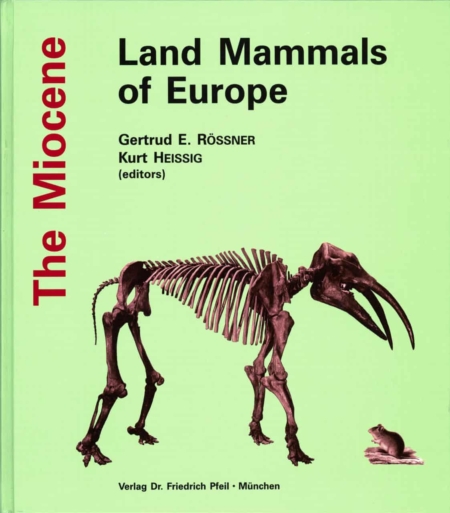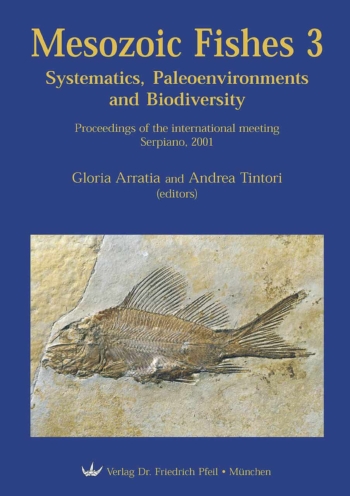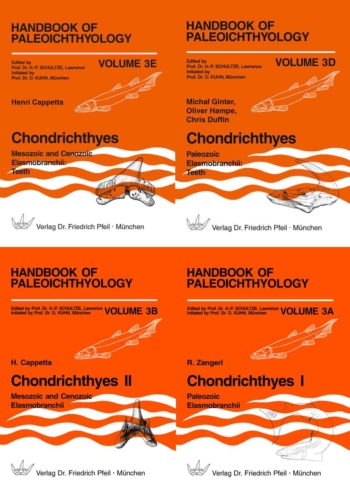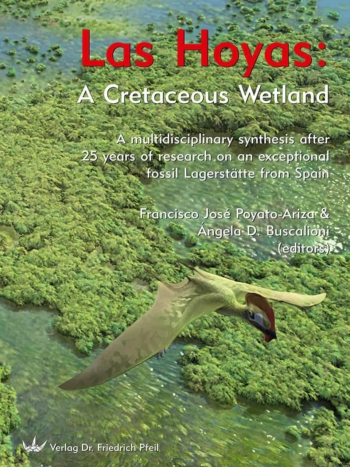“The Miocene Land Mammals of Europe” deals with all groups of European Tertiary land mammals occurring in the time span from 24 to 5 million years ago. It presents a comprehensive picture of the status quo attained by the combined past and current research efforts. A total of 44 specialists from 11 countries describe the characters and Miocene evolutionary history of each land mammal group. In 46 chapters they cover all valid taxa and the institutional location of the most important collections. The systematic part of the book is completed by contributions defining the time frame, land-sea changes and biogeographical relationships within the European Miocene. The references focus on the most comprehensive and recent publications and offer a means of access to the earlier literature.
The book provides a solid source of information for mammal palaeontologists inside as well as beyond Europe. It will also be welcomed by palaeontologists of other persuasions, scholars and students of the bio- and geosciences, as well as by a more general public interested in palaeontology, zoology and evolution.






Reviews
There are no reviews yet.